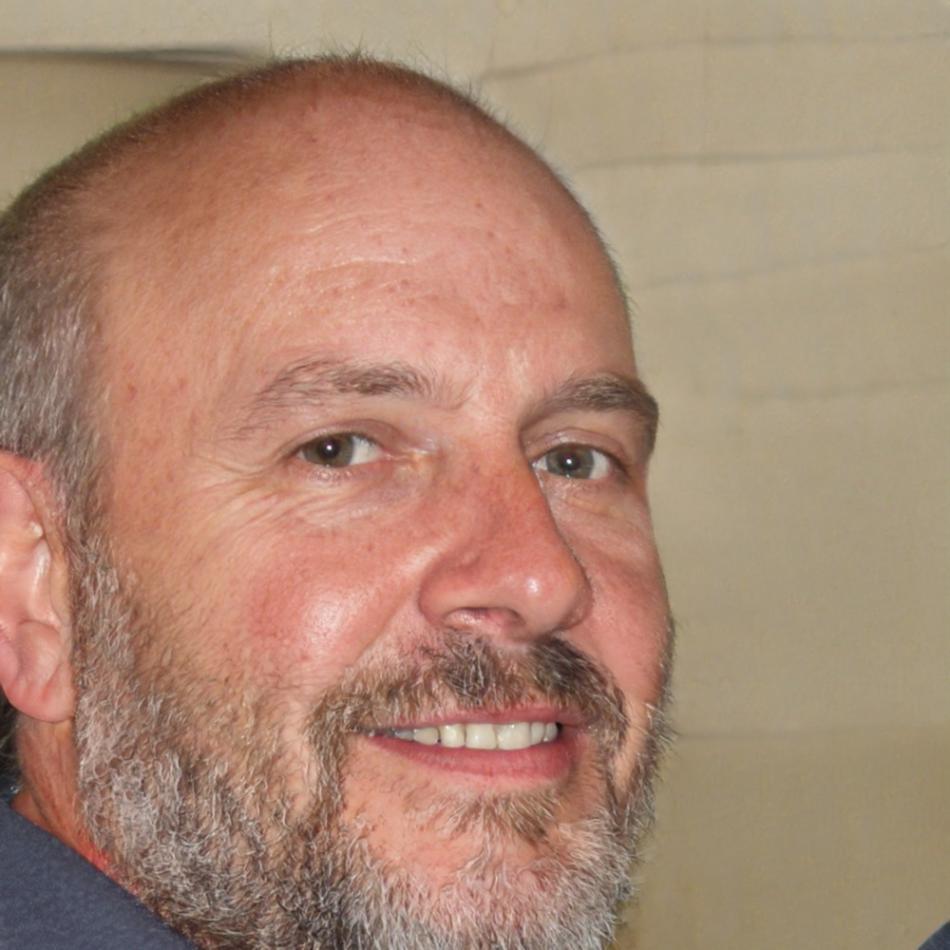Master Financial Analysis Through Real Company Comparisons
Learning to read financial statements is one thing. Understanding how companies actually stack up against each other? That's where things get interesting. Our September 2025 intake focuses on practical comparative analysis skills that translate directly to workplace scenarios.
Register Your InterestYour 14-Week Learning Path
We've structured this program around actual workplace tasks, not theoretical exercises
Foundation Phase (Weeks 1-3)
Start with the core documents every analyst encounters daily. We work with real annual reports from ASX-listed companies, showing you exactly where to find the numbers that matter and which ones are mostly noise.
Ratio Analysis (Weeks 4-6)
Here's where comparison becomes second nature. You'll calculate and interpret the same ratios professional analysts use, then learn what makes a "good" ratio different across industries. Spoiler: context matters more than memorizing formulas.
Industry Context (Weeks 7-10)
Numbers don't exist in isolation. We examine how retail companies differ from tech firms, why mining operations have unique financial patterns, and how to spot when a company's metrics suggest something worth investigating further.
Applied Projects (Weeks 11-14)
Your final month involves comparative reports similar to what junior analysts produce in their first roles. Choose two competing companies, dig into their financials, and present findings that demonstrate genuine analytical thinking rather than just number crunching.

What Makes This Different
Most courses teach you to calculate ratios. We teach you when those ratios actually reveal something useful versus when they're misleading. The difference shows up in how confidently you can discuss findings with colleagues or managers.
Our teaching team includes people who've spent years analyzing companies professionally. They bring current examples from their work (appropriately anonymized) and share the kind of practical shortcuts that only come from experience.
Classes run Tuesday and Thursday evenings from 6:30 to 8:30 PM AEST, with recordings available if you miss a session. The first intake begins September 16, 2025, with a second cohort starting January 2026 for those who need more preparation time.
Progress Beyond the Program
Following graduates 18 months after completion gives us perspective on how these skills develop
Eighteen months after finishing, I'm still using the comparison frameworks daily. What changed wasn't just technical knowledge but how I approach problems—looking at multiple angles before drawing conclusions. My manager noticed the shift within a few months.
The program gave me vocabulary and confidence I didn't have before. Being able to discuss why Company A's margins differ from Company B's—and explaining it clearly—opened doors I hadn't expected. I moved into a business intelligence role six months after graduating.

